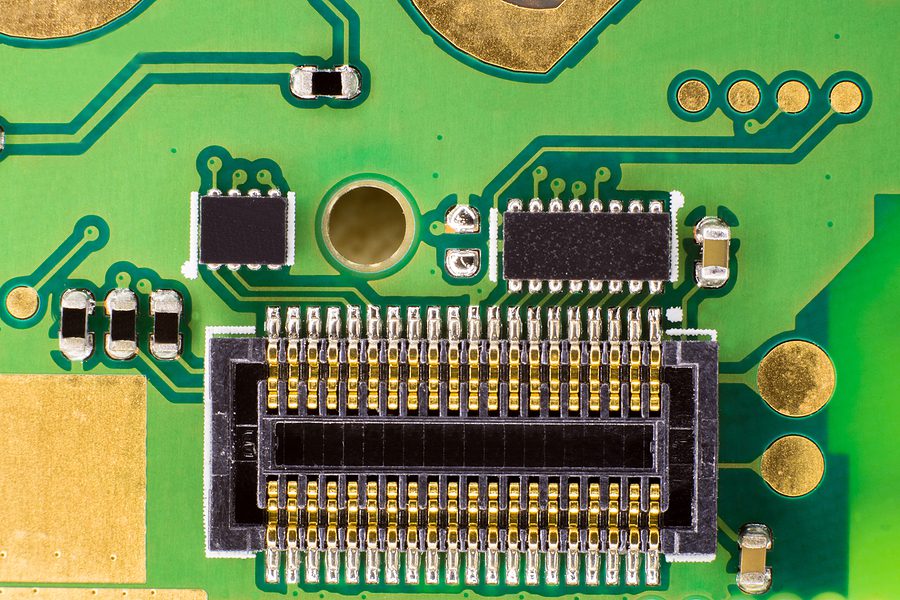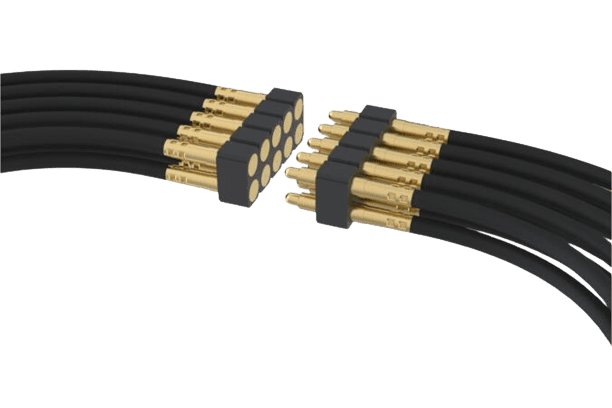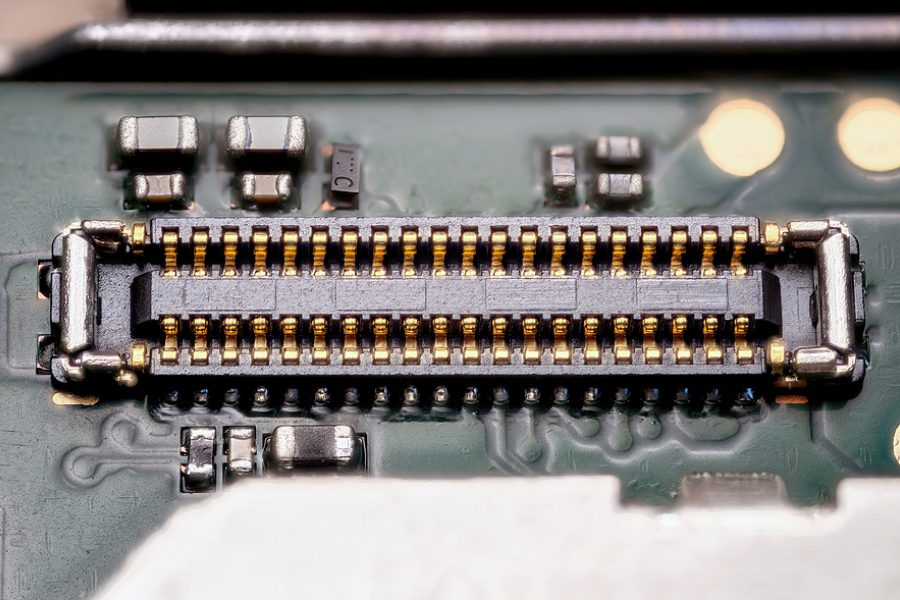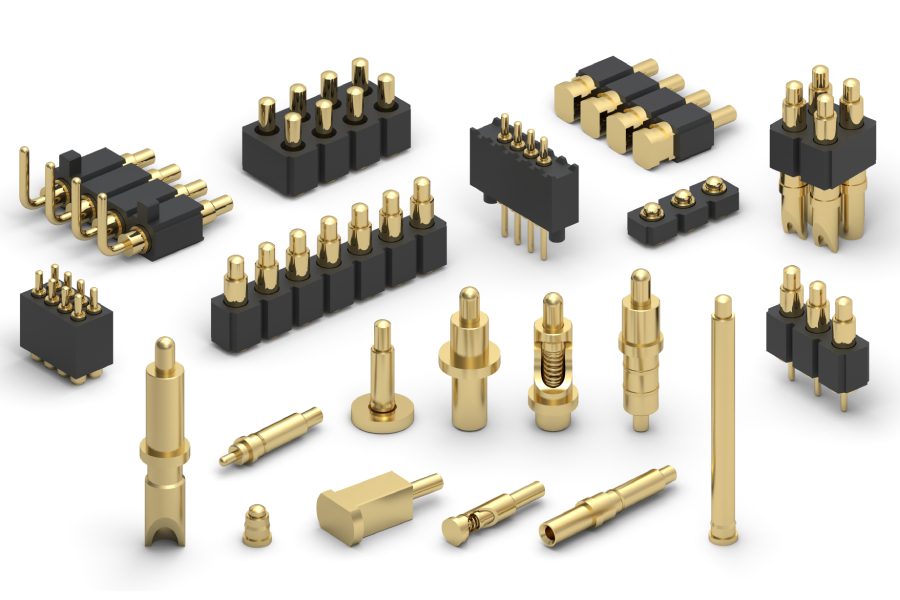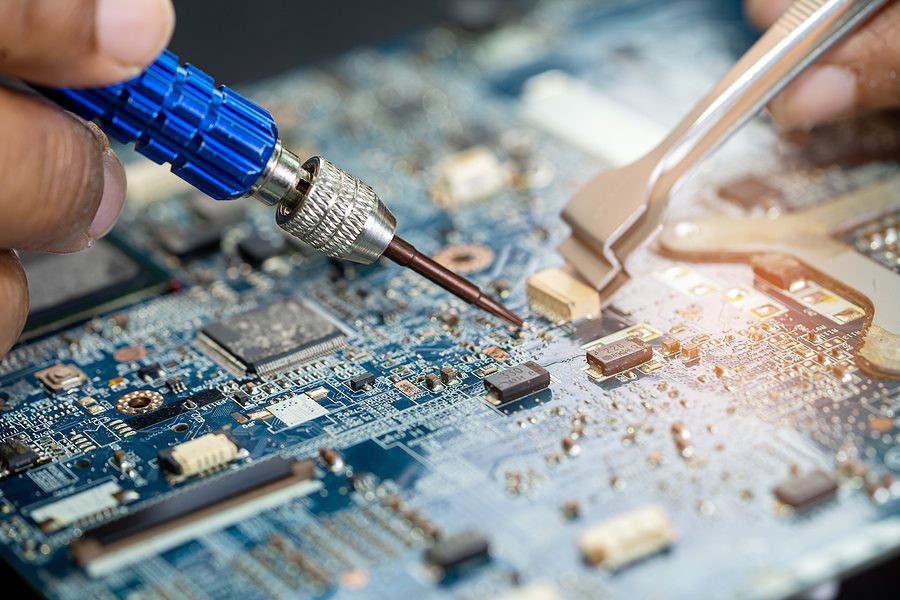
Pin Technology Comparison: Through-Hole vs Surface Mount
Within the ever-changing landscape of electronic components and printed circuit boards (PCBs), two fundamental pin technologies continue to stand out: through-hole and surface mount. These distinct methods both serve the essential purpose of linking components to PCBs, yet they differ significantly in terms of design, assembly techniques, and their diverse applications.
As an established electronic component distributor, Wiselink recognises the importance of choosing the appropriate pin technology for your projects. In this article, we will explore the intricacies of through-hole and surface mount pin technologies to understand their advantages, disadvantages, and the scenarios where each one excels.
Through-Hole Technology
Through-hole technology is one of the earliest and most traditional methods employed in PCB assembly. In this approach, component leads come equipped with physical metal pins, which are carefully inserted through drilled holes in the PCB. Subsequently, these pins are soldered on the opposite side of the board, resulting in a durable and steadfast connection. The appeal of through-hole technology lies in its proven reliability, particularly in demanding and high-stress environments and applications.
Advantages of Through-Hole Technology
- Mechanical strength
The soldered connections offer exceptional mechanical strength, making the through-hole components less susceptible to mechanical stress, vibrations, and physical shocks. This makes them well-suited for applications in the aerospace, automotive, and industrial sectors.
- Suitability for high power and high current applications
Through-hole components can handle higher power and current levels, making them ideal for applications that require substantial electrical currents, such as power supplies, motor drivers, and heavy-duty machinery.
- Ease of manual assembly and repair
Through-hole components can be hand-soldered, making assembly and repair tasks more accessible, especially in low-volume production or DIY projects. This feature has made through-hole technology a preferred choice for hobbyists and prototyping.
Disadvantages of Through-Hole Technology
- Space consumption
Since each component requires holes for mounting, through-hole technology occupies more space on the PCB, limiting the design’s overall miniaturisation potential. As modern electronic devices demand smaller footprints, this limitation becomes a drawback in certain applications.
- Higher cost and complexity
Drilling holes in the PCB increases manufacturing complexity and cost compared to surface mount technology. Additionally, double-sided PCBs are often required for through-hole components, adding to the fabrication expense.
- Limited high-frequency performance
Due to the longer lead lengths and parasitic capacitance, through-hole components have limitations in high-frequency applications. This makes them less suitable for modern high-speed digital circuits and wireless communication systems.
Surface Mount Technology
Surface mount technology (SMT) brought about a significant transformation in PCB assembly and quickly established itself as the prevailing industry standard for modern electronics. Unlike the traditional approach of inserting pins through holes, SMT involves directly placing components onto the PCB surface and then soldering them securely in position. This method eliminated the need for drilling holes, paving the way for more compact, lightweight, and high-frequency designs.
Advantages of Surface Mount Technology
- Miniaturisation
SMT allows for smaller and lighter PCB designs, making it ideal for portable devices like smartphones, tablets, wearables, and IoT devices. As consumer electronics continue to shrink in size, surface mount technology has become indispensable.
- Improved high-frequency performance
With shorter lead lengths and reduced parasitic capacitance, surface mount components can operate at higher frequencies, suitable for wireless communication and high-speed applications. This advantage makes SMT crucial for advanced technologies like 5G, Wi-Fi 6, and beyond.
- Cost-efficiency in high-volume production
Although initial setup costs may be higher due to the need for automated pick-and-place machines and reflow ovens, SMT proves cost-effective in high-volume manufacturing due to faster assembly times and the ability to populate multiple components simultaneously.
Disadvantages of Surface Mount Technology
- Less Mechanical Strength
Compared to through-hole components, SMT connections are more susceptible to mechanical stress, making them less suitable for rugged environments or applications exposed to heavy physical impacts or vibrations. Additional reinforcement may be required for certain use cases.
- Challenging manual assembly and repair
SMT components are tiny, and their surface mounting makes them difficult to handle manually. Specialised equipment like stencil printers, pick-and-place machines, and reflow soldering ovens are necessary for large-scale SMT assembly, making it challenging for DIY enthusiasts or low-volume production scenarios.
- Temperature sensitivity during soldering
SMT soldering is temperature-sensitive, and incorrect soldering techniques can lead to solder defects like tombstoning or solder bridging. Adequate temperature control and soldering expertise are critical to ensuring high-quality connections.
Choosing the Right Pin Technology for Your Application
Selecting the appropriate pin technology depends on the specific requirements and constraints of your project or application.
Choose Through-Hole Technology When:
- Mechanical durability is crucial
If your project demands superior mechanical strength and resilience, through-hole components are the way to go. This is particularly vital for applications subjected to heavy vibrations, mechanical shocks, or extreme environmental conditions.
- High-power and high-current applications
Through-hole components excel in handling significant power and current levels, making them suitable for power electronics, energy conversion systems, and motor controls.
- Manual assembly or repair is necessary
For low-volume projects or situations where manual assembly or repair is essential, through-hole components provide greater ease of handling and maintenance.
Choose Surface Mount Technology When:
- Miniaturisation and space optimisation are critical
If you’re designing compact and lightweight electronic devices, SMT is the better choice due to its smaller footprint and the ability to densely populate components on both sides of the PCB.
- High-frequency performance is essential
Surface mount components shine in high-frequency applications, such as wireless communication, RF devices, and high-speed digital circuits. This makes SMT indispensable for modern telecommunication and networking technologies.
- Cost-efficiency in high-volume production
For large-scale manufacturing, surface mount technology proves cost-effective and time-efficient, allowing for streamlined assembly processes and reduced production cycle times.
Conclusion
Choosing the appropriate pin technology, whether through-hole or surface mount, depends on the specific requirements and goals of your electronic project. Through-hole technology offers robustness and ease of prototyping, while surface mount technology provides space efficiency and compatibility with automated assembly processes.
Make your project a success with Wiselink, your ultimate electronic component supplier and distributor. We offer a comprehensive selection of through-hole and surface mount technologies, catering to diverse project needs. With our high-quality components, you can be confident that your prototypes are robust. Experience excellence in every connection—visit our website and explore our extensive product catalogue, including Mill-Max pins and Coto Technology reed relays.

